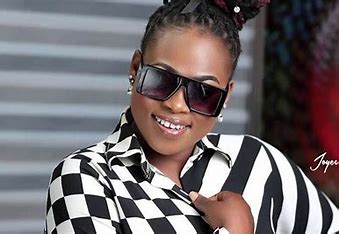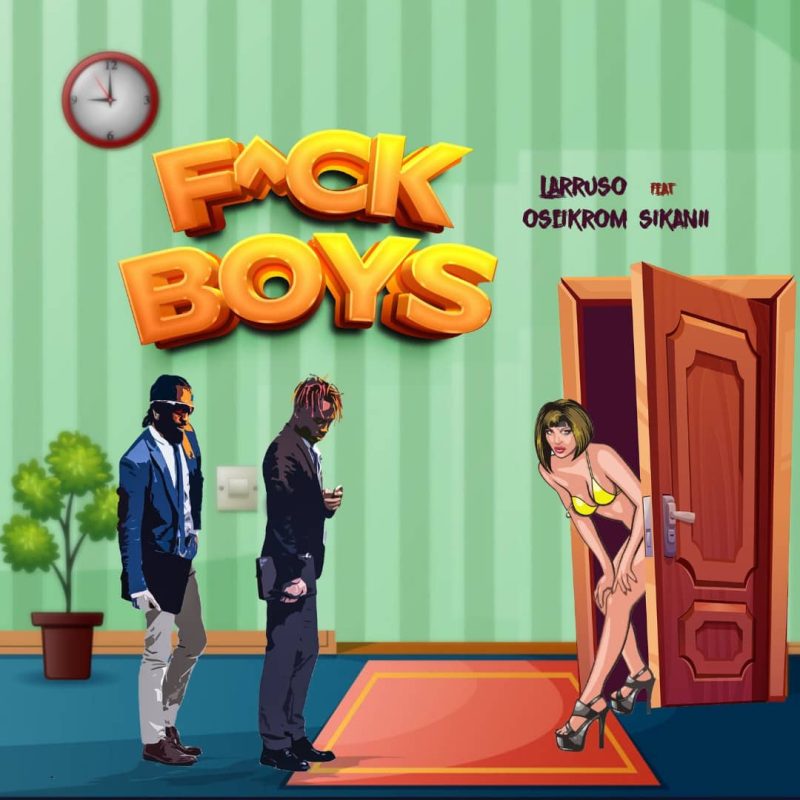Revisiting the queer utopia of Madonna’s Girlie Show
Written by ABR on 13/10/2023
Ask a dozen pop culture commentators to name an iconic Madonna performance and chances are you’ll hear about 1990’s Blond Ambition Tour — that of the cone bras and crucifixes and simulated bouts of masturbation. There’s less talk, though, of the Girlie Show, an equally dark and inventive concoction of interwar burlesque, which ran from September to December 1993, and celebrates its 30th anniversary this year; just as the singer is about to launch her retrospective Celebration Tour. But it’s the latter that’s still one of the most forward-thinking, culturally relevant eras of Madonna’s everlasting career, and the latter that deserves more of our attention.
First, some context. The Girlie Show came hot on the heels of Madonna’s annus horribilis: 1992 was not a great year for the artist. Mostly due to the highly-publicised release of Sex, a metal-bound book featuring her own handwritten erotic reveries, displayed alongside explicit black-and-white photographs by Steven Meisel. Sex’s fantasy landscape drew from every part of the 20th century psyche: Madonna played a John Willie-style comic-book dominatrix; a contemporary video girl with Lady Godiva hair extensions; and a 30s bisexual socialite in backless silk. Naomi Campbell and Isabella Rossellini even made guest appearances at a beach orgy.
It’s difficult to conceptualise this today — the book has since become a piece of cult iconography in its own right, and even inspired celebratory exhibitions — but in 1993, it was met not with acclaim but a mixture of outrage and bemusement. Charles Paul Freund said in The Washington Post that Madonna had become a commercial shadow of Yukio Mishima, the radical Japanese author known for his sideline in S&M modelling. The New York Times called Sex a ‘cliched catalogue’ of shock. In US Magazine, Camille Paglia — once an avowed Madonna fan herself — said it was “amateurish”, “jumbled and gimmicky”. A Daily Express review accused Madonna of contempt for “family values”; in the Telegraph, she was branded an “amoral slut”.
Madonna’s public rebranding as an Anaïs Nin-esque bohemian sex writer, and the accompanying press furore, sadly overshadowed the musical merit of her accompanying album, Erotica (and by virtue, the tour tied to its release, the Girlie Show). A grimily-produced mixture of house tracks and moody ballads, Erotica explored themes of S&M, gay liberation, female pleasure and the emotional cost of AIDS. Its videos expanded on the book’s cornucopia of sexual personae: Madonna appeared as an androgyne in Japan (“Rain”), an Edie Sedgwick wannabe (“Deeper and Deeper”) and a misbehaving office lady, watched over by angelic Christopher Lambert (“Bad Girl”).
The Girlie Show tour, which kicked off at Wembley Arena in late September 1993, took this Fellini-esque parade and placed it, fittingly, within a giant circus. The name of the tour was assembled in Edwardian italics and literally cast in lights above the set. “The stage is the only environment where Cubist painting, burlesque, flamenco dancing and the circus can live together under one cozy roof”, Madonna wrote of the theme in another photobook that was released alongside the tour. “The ultimate risk. And I love taking risks. You may have heard that about me. There’s no way this book could truly recapture the excitement of the Girlie Show, but it comes pretty damn close.”
Where there was titillation, there was also grotesque darkness. Madonna first entered the stage heralded by a topless pole dancer, but the dancer was eerily suspended some 20 feet into the shadows and accompanied by a clown. The clown (an authentically tearful Pierrot in blue silk) popped up again and again over the course of the show, as if to remind the audience that they were witness to a fantastical tragedy. This tragedy, was most likely AIDS; Madonna, who debuted into the tail-end of Warhol’s doomed disco era and watched multiple friends and mentors die from the disease, was in prime position to comment. “In this life”, a commemorative ballad-interlude from Erotica, nested itself into the Girlie Show setlist after a glittery round of 70s dancing.
Inevitably, the tour was not without its controversies. An initial stop in London was suggestive enough to provoke condemnation from a German politician, and public protests accompanied shows in Israel, Mexico and Argentina. Madonna herself called it “cutting-edge theatre”, the execution of which was “painful and rewarding”.
Revisiting the production three decades on, one gets the sense that the entire concert was a quasi-educational memorial to pre-AIDS queer culture, with its moving items exhibited in remote shadow-boxes above the heads of the crowd. During her opening performance of “Erotica”, Madonna’s interwar dominatrix was imprisoned in a surreal, rotating tube of light; later, a wryly accented impersonation of Marlene Dietrich gave the eerie effect of a hologram projected onstage. The actress was a suavely bisexual transplant of Germany’s Weimar Republic, who is still best-known for starring in Josef von Sternberg’s heavily stylised 30s films. She left a legacy of opposites that chimes strangely with Madonna’s own: a modernity crafted in the far reaches of the past, a sensuality enhanced by icy distance. Perhaps the popstar, trapped halfway through her own pandemic nightmare, sensed that this actress’ influence was about to slip.
This Weimar connection threaded itself from the 90s Blond Ambition Tour and into the Erotica era. Blond Ambition’s famous metallic conical bustiers and industrial sets are modelled after the Art Deco styling of 1927 sci-fi film Metropolis, with Madonna playing the role of gold-plated ex-religious robot Maria. Three years later at the Girlie Show, she stomped off a glowing podium to a series of recorded, mechanical clanks. A performance of “Vogue”, in its Orientalist burlesque styling, carried an echo of the Metropolis dream sequence, where metal Maria is recast as the Biblical Whore of Babylon.
In Madonna’s 90s work there is a continual sense of history folding back onto itself. Weimar Germany, the age of progressive chaos before Nazi destruction, is equated with the late sixties and early seventies, an era of disco, free love, and unattached sex before the horror of the AIDS crisis in the 80s and 90s. One track performed on the Girlie Tour, “Deeper and Deeper”, is a string-ridden house track celebrating gay authenticity. Madonna performs it wearing flares and a copy of Marlene’s wig from the 1932 film Blonde Venus. As with her shroudlike dresses and veils in the heavy shadows of German silent films, the main attraction — the danger, the scandal, the destruction — was merely implied. It will come afterwards. In 2023, out the other end of a second forgotten pandemic with the AIDS crisis fading slowly into the background, this feels oddly prescient.
The subtext of the tour, though, didn’t end on stage. Madonna always goes above and beyond, and so here she was method acting, crafting her performance, and public and private personae, all together as one great piece of narrative art. Madonna’s younger brother (Christopher Ciccone, who had an instrumental role in the production design of her 90s concerts) recalls a suspiciously Freudian backstage obsession with pure white lilies and tuberoses — an affliction which mirrored Dietrich’s perfectly. When Jonathan Ross visited Madonna’s hotel for a post-Sex interview, he found her dressed in a suit and patterned necktie copied almost exactly from early photographs of Marlene. He asked about her rumoured bisexuality (model Jenny Shimizu alleges that Madonna was her lesbian lover during the Erotica era) and, much in the manner of her coy Hollywood role models, she refused to divulge. He pressed on — didn’t she know how much it would mean to people who looked up to her? Sometimes enduring silence itself is a story. Interwar bisexuality does not speak its own name.
‘Queerbaiting’, a term thrown around increasingly in the 2020s to describe LGBTQ-adjacent but apparently straight celebrities, makes sense in the context of faceless executives selling TV shows. The accusation loses its potency when applied to personalities who know the bends and brooks of gay culture of their own accord, and intimately enough to frolic around in them. This knowledge becomes more impressive the further we move from the public health crisis of the 80s and early 90s, leaving the canon behind in a brave new world of queer politics that does not always acknowledge its precursor. With the Girlie Tour, Madonna wasn’t so much using these drips of subtext to sell albums and concert tickets as she was to make a profound and prescient statement about gay culture itself — its all-encroaching existence, and its slow decline during a period of political neglect and tragedy. It was her extraordinary visual and historical literacy — the greatest of any popstar – that allowed her to do so.



 ABR Group
ABR Group